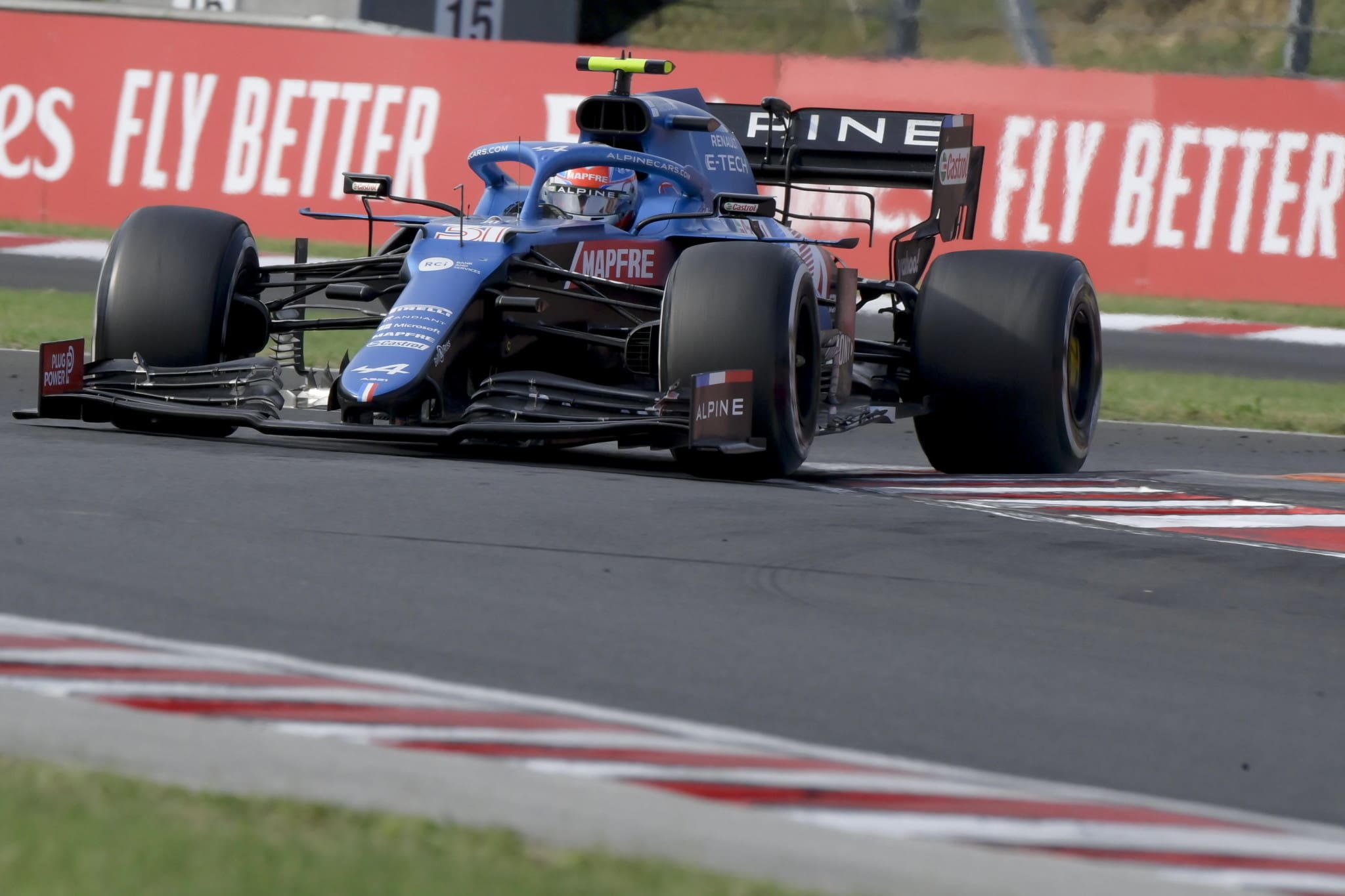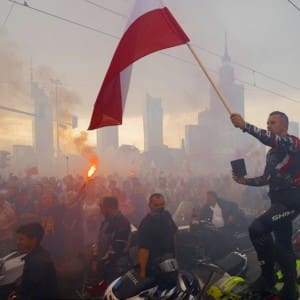Palkovics emphasized that he had assured Stefano Domenicali that the Hungarian government was committed to organizing the competition, so the original financial agreement until 2032 was extended for another five years.
“There is a lot to be done to make this happen, as the racetrack, built in 1986, is worn down and needs comprehensive development,” Palkovics said.
He added that the entrance, the main tribune, and the main building of the Mogyoród facility will also be renovated. Palkovics said several innovative technological innovations have been discussed. For example, it was suggested that the safety car could be replaced by a self-driving vehicle in the lead-in circle, and he informed the President and CEO that the laboratory of the recently launched Hungarian Automobile Motorsport Development Agency Ltd. (HUMDA) would be built in the Hungaroring.
Zsolt Gyulay, Chairman and CEO of Hungaroring Sport Zrt., said the reconstruction will begin after the 2023 race, followed by the widening of the paddock and the demolition and reconstruction of the main building.
“It is important to emphasize that we want to be not only a Formula 1 track, but also an event center. We have been working on the plans for a year, which we will soon bring before the government. Construction will be a big challenge, as we will have only ten months between races. Our track has been hosting the race without interruption for the second longest duration of competition, and we don’t want to interrupt that”, he said.
Regarding the extension until 2037, he emphasized that such a long-term agreement is not common; however, if a country has invested two to three hundred million dollars in the renovation – which in his opinion will cost at least that much – then both parties will want to have more competition on the track for a long time to come.
“It seems that the leaders of the series have been happy with us since the time of Bernie Ecclestone and Chase Kelly, and this has not changed with Stefano Domenicali. The traditional venue is the Hungaroring, and I hope we can organize good races in the long run,” said Zsolt Gyulay.
“I’ve been here for eleven years, and even not considering royalties, we’ve been self-sustaining. Obviously, with the dismantling of the grandstand and paddock, we won’t be able to hold a big race, but some parts of the daily utilization will remain. It’s going to be a new situation,” said Gyulay, who did not rule out rebuilding the track line by creating a new, alternative overtaking zone.
Hungary was the first then-communist country to host a Formula 1 race since 1986, and in post-communist years, it has been the biggest single sporting event of the country, attracting around 200,000 viewers.
Title image: Team Alpine driver Sebastian Ocon on his way to his first F1 victory at the Hungarian Grand Prix. (MTI/Szilárd Koszticsák)






